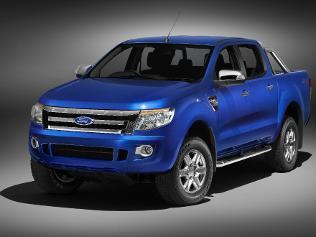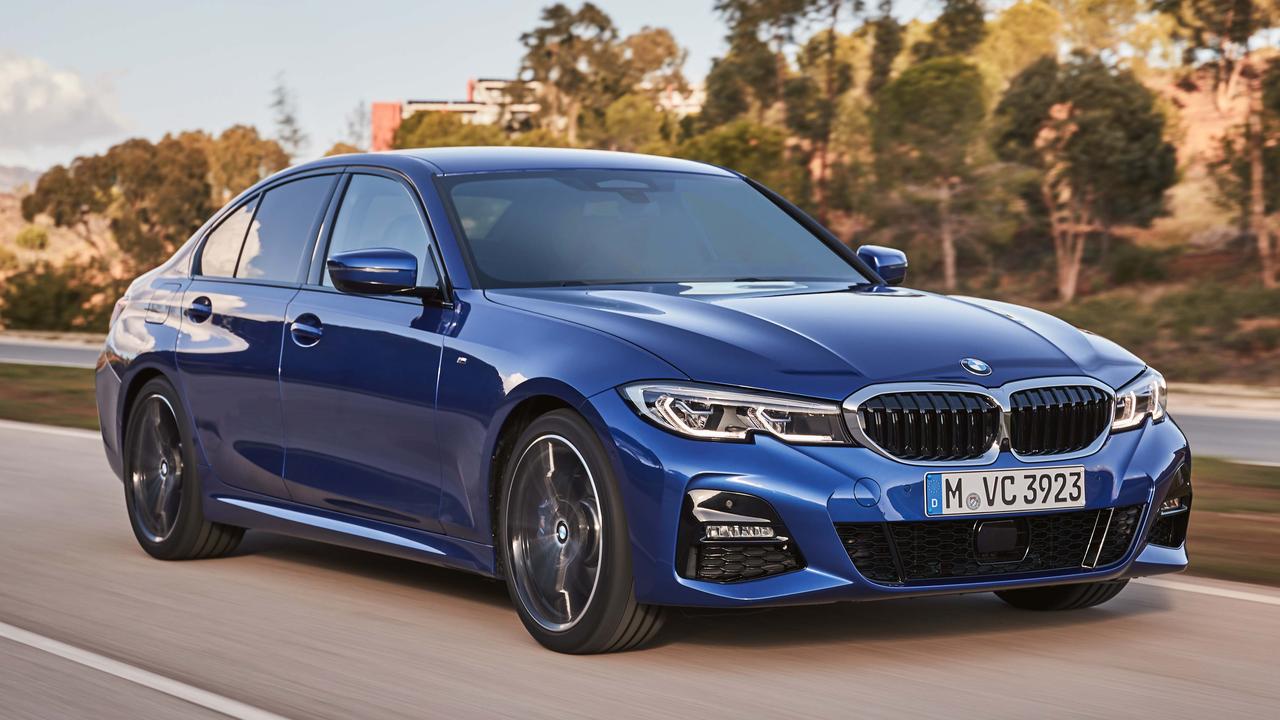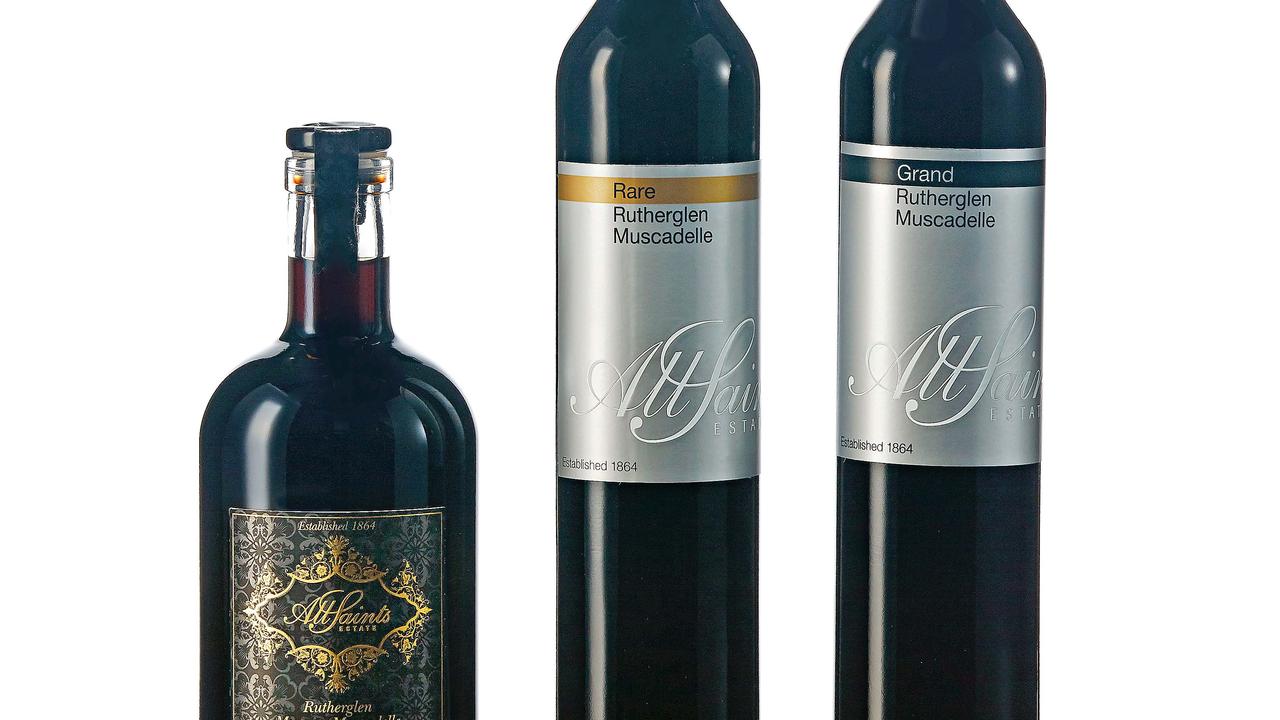The ute is still you-beaut
AT the height of the global financial crisis in the US, something unusual was happening at motor dealerships.

AT the height of the global financial crisis in the US, something unusual was happening at motor dealerships.
When people were buying at all, they were opting for cars over utes (or pick-ups, as they’re called in America). In some months, the Toyota Camry outsold the Ford F-Series. Which was unheard of.
The GFC notwithstanding, normal buying patterns soon resumed. The F-Series finished top of the best-seller lists in 2008, with more than 400,000 buyers. (In prosperous times, sales have been double that.) In a few months, the F-Series will finish No.1 stateside for the 25th consecutive year. Its rivals from Chevrolet and Dodge routinely take out spots in the top 10.
No other market can match America’s appetite for utes, but the rest of the world is catching up, enamoured by their ability to do double-duty for work and play. They do especially well in the developing markets of Asia, Africa and Latin America; Thailand, South Africa and Argentina are now their global manufacturing hubs.
The ute will be one of the key battlegrounds between established brands and emerging players such as India’s Mahindra or Great Wall Motors of China, because the spoils are huge. In a global vehicle market expected to reach 70 million this year, around 7 million will be utes.
Outside the US, utes are a size smaller and are epitomised by the Toyota HiLux and Nissan Navara. These are effectively little trucks – they are constructed differently to the car-based utes that Australia builds, which are versions of the Ford Falcon and Holden Commodore.
Increasingly, though, our “blue-singlet coupes” are losing out to the HiLux and its ilk, which can carry more people and offer four-wheel drive. Demand for Falcon and Commodore utes peaked at 41,000 six years ago and has been declining since. By contrast, 4x4 utes are one of the fastest growing segments in our market, up 16 per cent this year. Total sales more than doubled during the noughties and last year, the HiLux 4x4 sold almost as many as Falcon and Commodore utes combined.
Where Toyota has gone, others are following. Volkswagen will enter the fray for the first time next year. Its product, the Amarok, epitomises the new breed: it offers more safety features, which have previously been sparse in this category, and aims at car-like levels of comfort and convenience.
In Australia, Ford’s experience with utes made it a natural candidate to engineer the new Ranger – in effect, a mini F-Series that aims to wrest hegemony from the HiLux. The result, on display for the first time at the recent Sydney motor show, will be sold almost everywhere except North America. Unlike the Falcon ute, though, it won’t be made here. Success for the Ranger, if it comes, will be bittersweet for Ford Australia.


